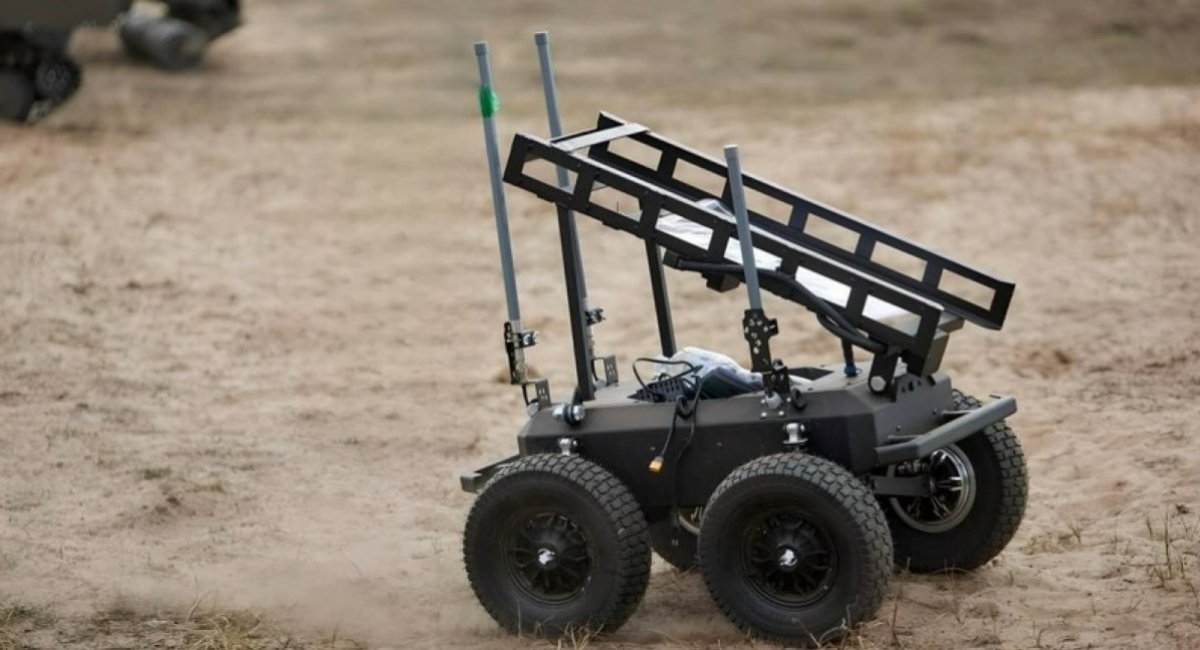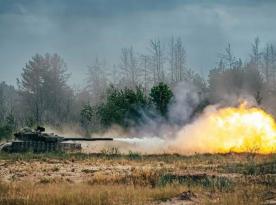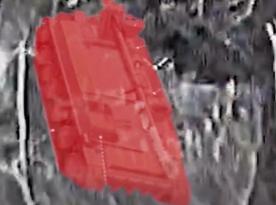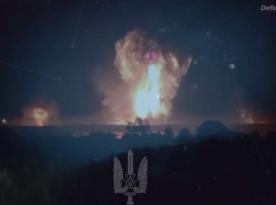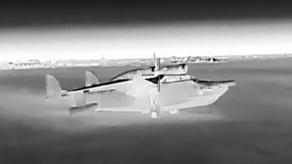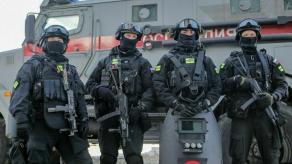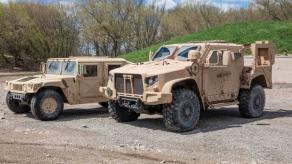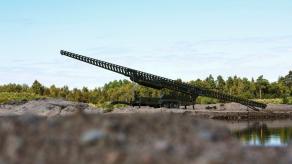Unmanned Ground Vehicles (USV) are becoming a promising niche of weapon R&D which could shoulder much of the work to eliminate enemy infantry on the battlefield — so believes the Chief of the Robotic Systems Service of the Da Vinci Wolves Battalion of the 59th Unmanned Systems Forces Brigade, Captain Oleksandr Yabchanka.
In an interview with ArmyInform, Yabchanka said a suicide UGV could technically take a 500-kilogram FAB-500 airbomb as improvised warhead and deliver the payload right into russian infantry strongholds or trenches, bringing massive firepower into locations usually unaccessible to aerial drones.
Read more: Drones As 80% of the Army: UK is Radically Changing its Military Doctrine Based on Ukraine's Experience

So far, however, no one attempted this: "ground robotic [systems] now can — well, theoretically — carry guided air bombs. So far, they don't. The question is why? I'd say, it's a promising angle," captain remarked.
He noted that, usually, ground robots carry about 40 kg of explosive payload, even though it's their minimum capacity. Even still, the destruction caused by such makeshift kamikaze vehicles onto enemy entrenched positions has been astonishing.
"We have successful hits where the warhead was plus or minus 40 kg, its explosion simply blows the dugout into pieces, just like in the movies."
Yabchanka then argues that, following this logic, it makes sense to experiment with larger payloads like the FAB-100 or FAB-500 aerial free-falling bombs, still left in Ukrainian inventories since Soviet Union times. He says, while 80% of russian infantry is taken care of by airborne drones — FPVs and bombers, — those remaining 20% manage to break through to Ukrainian positions and hide in shelters, dugouts, basements, etc. They become difficult to reach with aerial systems but that's where UGVs come in handy.

Another factor that speaks favorably of the technology's potential is the proven survivability. Ukrainian forces across the fronts use logistic robots for resupply of troops in the most forward areas. These platforms demonstrate great load capacity and durability: in one instance, a TerMIT UGV (Terrain Modular Infantry Transporter) ran over two PFM-1 landmines and got attacked by FPV drones and several grenade drops by bomber drones, but managed to complete the mission.
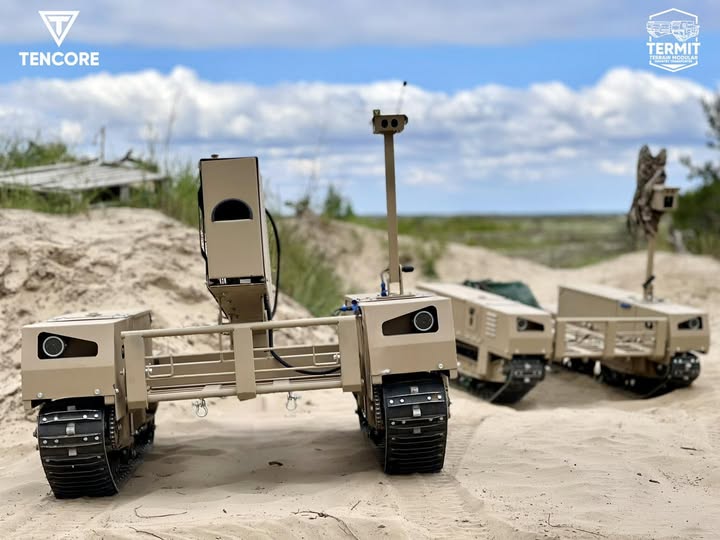
In general, unmanned ground systems are slowly but surely becoming as integral part of the battle landscape in Ukraine as airborne drones, and Capt. Yabchanka's call for further development of these technologies and refining tactics is a stark indication of the evolution that these originally niche solutions have done over the recent years.
Read more: Ukrainian Army Adds the Spider Ground Drone to Arsenal, Enhancing Mobility, Survivability on Battlefield



